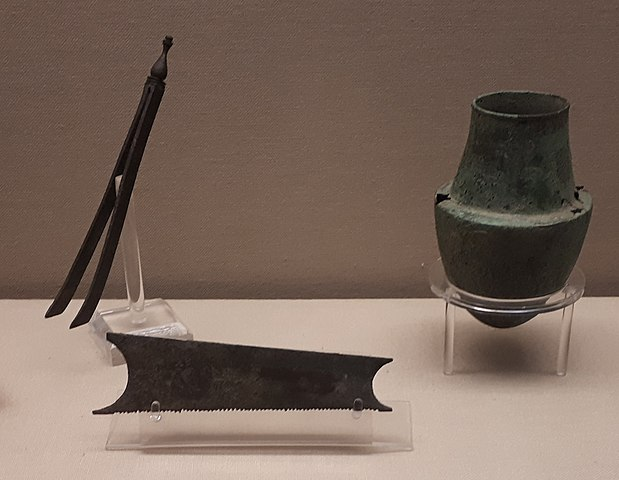Excited to have with us bestselling historical romance author, Amanda Cabot! You may have seen my glowing review for the first book in her series, Secrets of Sweetwater Crossing, After the Shadows. Amanda has learned a thing or two about medicine in the nineteenth century. I'll let her share more.
------
If you’re one of my longtime readers, you may have wondered
why a number of my protagonists are involved in the medical profession. The
answer is simple: I’m fascinated – and yes, horrified – by the state of
medicine in the 19th century, particularly the practice of heroic
medicine.
Heroic medicine. That sounds like a good thing, doesn’t it? After
all, the hero of a novel is a good guy, so heroic medicine must be good. The
reality is, it was anything but good and was in fact considered to be one of
the contributing factors in George Washington’s death. Yes, trusted physicians’
attempts to heal him may have actually hastened the death of the father of the
American nation. Now that I’ve got your attention, let’s take a step back and
define “heroic” so we can understand why that might have happened.
My dictionary has a number of definitions for “heroic”
including “exhibiting or marked by courage or daring” and “supremely noble and
self-sacrificing.” Those could apply to the heroes we all know and love. But
there’s another meaning that’s less benign: “of great intensity, extreme,
drastic.” That’s where heroic medicine comes into play.
In the eighteenth century and well into the nineteenth,
physicians believed that the body had four humors – blood, phlegm, yellow bile,
and black bile – and that disease occurred when one or more of them was out of
balance. The goal of all medicine was to restore the balance.
How did they do that? If you’re squeamish, you might want to
stop reading right now. There were five elements to heroic medicine: bleeding,
purging, vomiting, sweating, and blistering. Any one of those sounds gruesome
to me, but when you combine them with the fact that this was heroic in the
sense of extreme and drastic, you realize that the cure might well have been
worse than the illness itself.
Bleeding was the most commonly used technique, and although it
had lost popularity in the eastern United States by 1860, it was still used on
the frontier. As you can guess from the name, the goal was to reduce the volume
of blood either by applying leeches (shudder) or by cutting veins and letting
large quantities of blood drain from the body (perhaps into the bleeding cup in the picture).
Next came purging, which consisted of giving
the victim … er, the patient … large quantities of calomel or jalap. You can
guess what happened next.
If that didn’t work, the physician might try to induce vomiting,
again by giving the patient ipecac and tartar emetics. In large quantities. Once
again, I’m shuddering.
Sweating sounds as if it would be the most innocuous of the
heroic procedures until you learn that it was induced by giving the patient
Dover’s Powder, a concoction of opium, ipecac, and lactose, which served as a
diaphoretic. (I couldn’t resist including that word, since it was a new one for
me. As you may have guessed from the context, a diaphoretic is a substance that
induces sweating.) I’m still shaking my head over the fact that opium was used
so often, although considering the pain that must have been involved in these
procedures, it was probably the kindest thing a doctor could offer a patient.
Lastly comes blistering. Hot plasters were placed
on the patient’s body with the goal of producing blisters that could be lanced
and drained. And, of course, since this was heroic medicine, it was done on a
large scale.
This was the world of medicine well into the nineteenth
century. Even though new techniques were being introduced, there were still
old-timers who believed in the value of heroic medicine … or no medical treatment
at all. Add that to the fact that many residents – both men and women – didn’t
believe that women should be doctors, and you have the dilemma that confronts
Louisa, the heroine of the second of the Secrets of Sweetwater Crossing
books. She’s a midwife and doctor-in-training facing more than her share of
challenges. Louisa’s story, Against the Wind, is scheduled to release on
October 3 and is available for preorder at all the usual places.
Before I end this, I have a question for you. How do you think people will regard 21st century medical practices 150 years from now? Will they shudder when they read about some of our treatments? If yes, which ones do you think will disturb them the most?
Author Bio
Amanda Cabot’s dream of selling a book before her thirtieth birthday came true, and she’s now the author of more than forty novels as well as eight novellas, four nonfiction books, and what she describes as enough technical articles to cure insomnia in a medium-sized city. Her stories have appeared on the CBA and ECPA bestseller lists, have garnered starred reviews from Publishers Weekly and Library Journal, were a Woman’s World Book Club selection, and have been finalists for the ACFW Carol, the HOLT Medallion, and the Booksellers Best awards.
For more information about Against the Wind and buying links, click here.
And to sign up for Amanda’s monthly newsletter and receive a special gift, click here.

















.jpg)
.jpg)
.jpg)